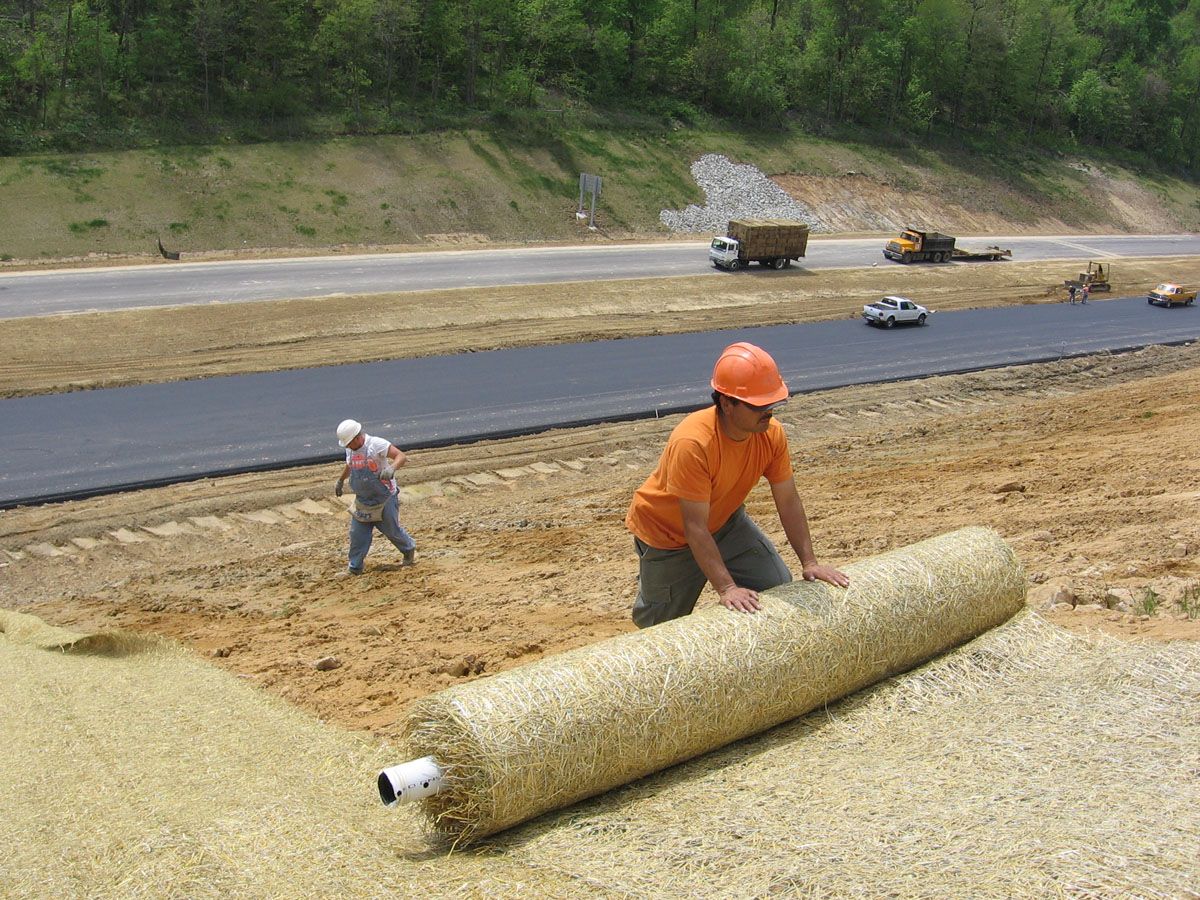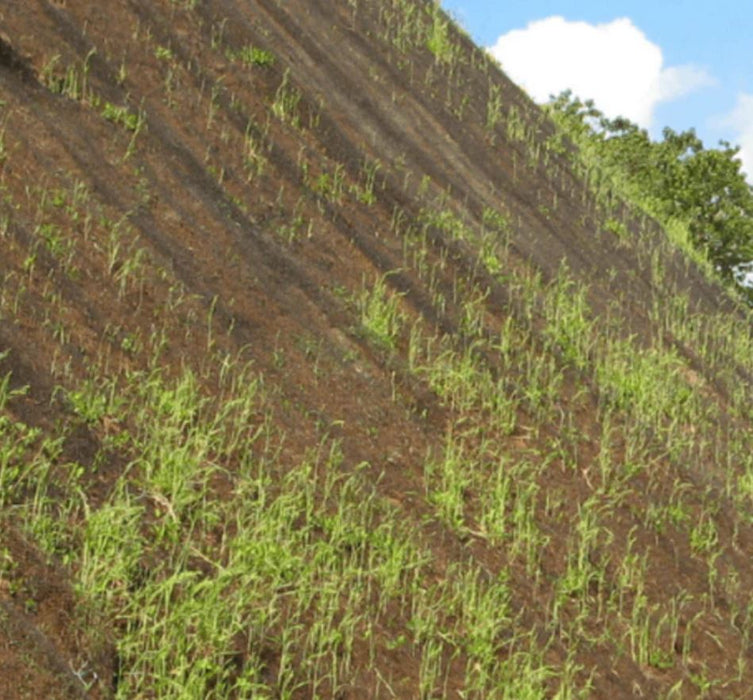Silt Fences: Your First Line of Protection Against Erosion
Best Practices for Erosion Control in Building And Construction Projects
Are you working with a building and construction task and worried about disintegration control? Look no more! In this post, we will direct you through the very best techniques for protecting against erosion on your website. You'll discover five vital strategies, reliable debris and runoff administration methods, crucial factors to consider for incline stabilization, and tips for safeguarding greenery and soil. We'll likewise explore the relevance of applying appropriate drainage systems. Prepare to tackle disintegration head-on and guarantee the success of your building task.
5 Essential Disintegration Control Techniques

To successfully regulate erosion on your building site, you'll require to execute vital methods such as incline stablizing and debris control steps. Slope stablizing is vital in protecting against soil disintegration on high slopes. You can accomplish this by utilizing methods like terracing, which entails developing straight actions on the slope to slow down water flow and promote the absorption of rainwater. Another efficient method is making use of erosion control coverings or mats, which are put on the slope and assistance keep dirt fragments while allowing vegetation to grow. Debris control steps are likewise crucial to avoid sediment drainage right into neighboring water bodies. One effective approach is the setup of silt fences along the perimeter of the construction site. These fencings work as obstacles, catching sediment-laden water and enabling it to work out prior to it reaches the water bodies. Additionally, you can make use of sediment basins, which are short-term retention ponds designed to trap debris and enable water to slowly drain pipes off. Applying these important disintegration control methods will help reduce the negative ecological influence of your building task and make certain compliance with policies.
Reliable Debris and Overflow Management

You can successfully take care of debris and runoff in your construction project by applying appropriate erosion control actions. One more essential method is the application of disintegration control coverings or mats. By carrying out these erosion control actions, you can successfully take care of sediment and runoff in your construction task, lessening the effect on the atmosphere and complying with regulative demands.
Key Factors To Consider for Incline Stablizing
You need to meticulously check out the incline's attributes, such as its drainage, angle, and composition patterns. Look for indications of erosion, such as subjected origins, fractures, or slumping soil.
As soon as you have recognized the unstable areas, you can begin executing actions to stabilize the incline. One typical method is making use of retaining walls or terracing to develop a series of level steps, which can aid distribute the weight and stop additional disintegration. An additional choice is to grow vegetation on the slope, as the roots can aid anchor the soil and control erosion. Additionally, installing disintegration control blankets or floor coverings can provide immediate defense while plant life comes to be well-known.
It's crucial to consistently check the stabilized slopes to ensure their effectiveness. Keep an eye out for any kind of indicators of motion or disintegration, and take instant action if necessary. Routine maintenance, such as inspecting and fixing any type of damaged actions, is additionally vital to make sure long-lasting security.
Ideal Practices for Plant Life and Dirt Security
One effective means to secure plants and dirt on slopes is by on a regular basis looking for signs of erosion and taking prompt activity if necessary. By being watchful and proactive, you can dig this protect against further damage and ensure the security of the incline. Start by examining the incline for any type of indications of erosion, such as revealed roots, bare dirt patches, or debris buildup at the bottom. It is crucial to deal with the issue promptly if you notice any of these indications. Implement erosion control measures such as installing erosion control coverings, mulching, or perhaps creating retaining wall surfaces if required. Furthermore, growing plants can significantly help in supporting the dirt. Choose native plants that have deep root systems, as they are extra reliable in protecting against disintegration. Make sure to frequently analyze the wellness of the plants and give essential upkeep, like watering and fertilizing. Bear in mind, disintegration can promptly aggravate and trigger extreme damage, so it's necessary to resolve it immediately. By taking proactive procedures and frequently keeping an eye on the slope, you can protect the plant life and soil, ensuring the long-lasting security of the area.
Executing Appropriate Water Drainage Systems
To successfully execute appropriate water drainage systems, it's essential to take into consideration the incline gradient and soil type. When it involves taking care of water circulation and avoiding disintegration, recognizing these variables is vital. The incline gradient plays a substantial function in determining exactly how water relocates across the land. Steeper slopes can bring about faster water flow, raising the risk of disintegration and flooding. On the other hand, gentler slopes enable water to flow more slowly, decreasing disintegration possibility. By evaluating Continue the slope gradient, you can create webpage an effective water drainage system that fits the natural water activity.
Sandy soils often tend to drain faster due to their crude texture, while clay dirts have a slower drainage price due to their portable nature. Furthermore, considering the soil characteristics aids avoid waterlogging, which can lead to bad plant development and damage to frameworks.
Conclusion
To conclude, when it concerns disintegration control in construction jobs, you have to adhere to these best methods. Apply effective sediment and drainage management strategies to avoid air pollution. Consider slope stabilization approaches to guarantee the security of the website. Protect greenery and soil by using suitable steps. Last but not least, establish appropriate water drainage systems to manage water flow. By adhering to these crucial techniques, you can effectively manage disintegration and make sure the success of your building and construction task.
To effectively control disintegration on your building site, you'll need to implement important techniques such as incline stabilization and sediment control actions. Incline stabilization is important in stopping soil disintegration on high inclines. One more efficient method is the use of erosion control coverings or mats, which are put on the slope and aid keep soil fragments while enabling vegetation to grow. One more choice is to grow greenery on the incline, as the roots can aid anchor the dirt and control erosion. Implement disintegration control procedures such as installing disintegration control blankets, mulching, or even constructing maintaining walls if required.